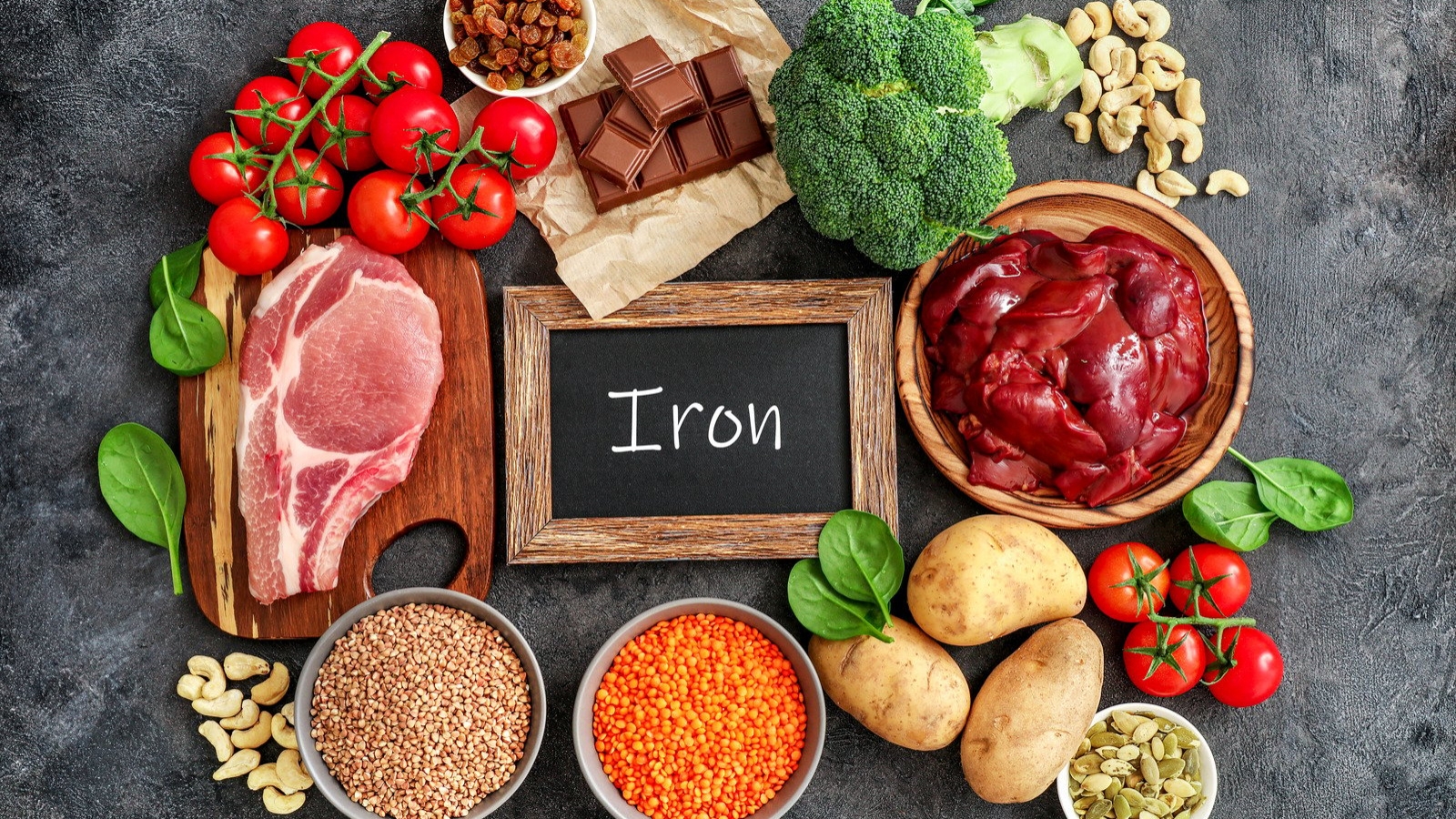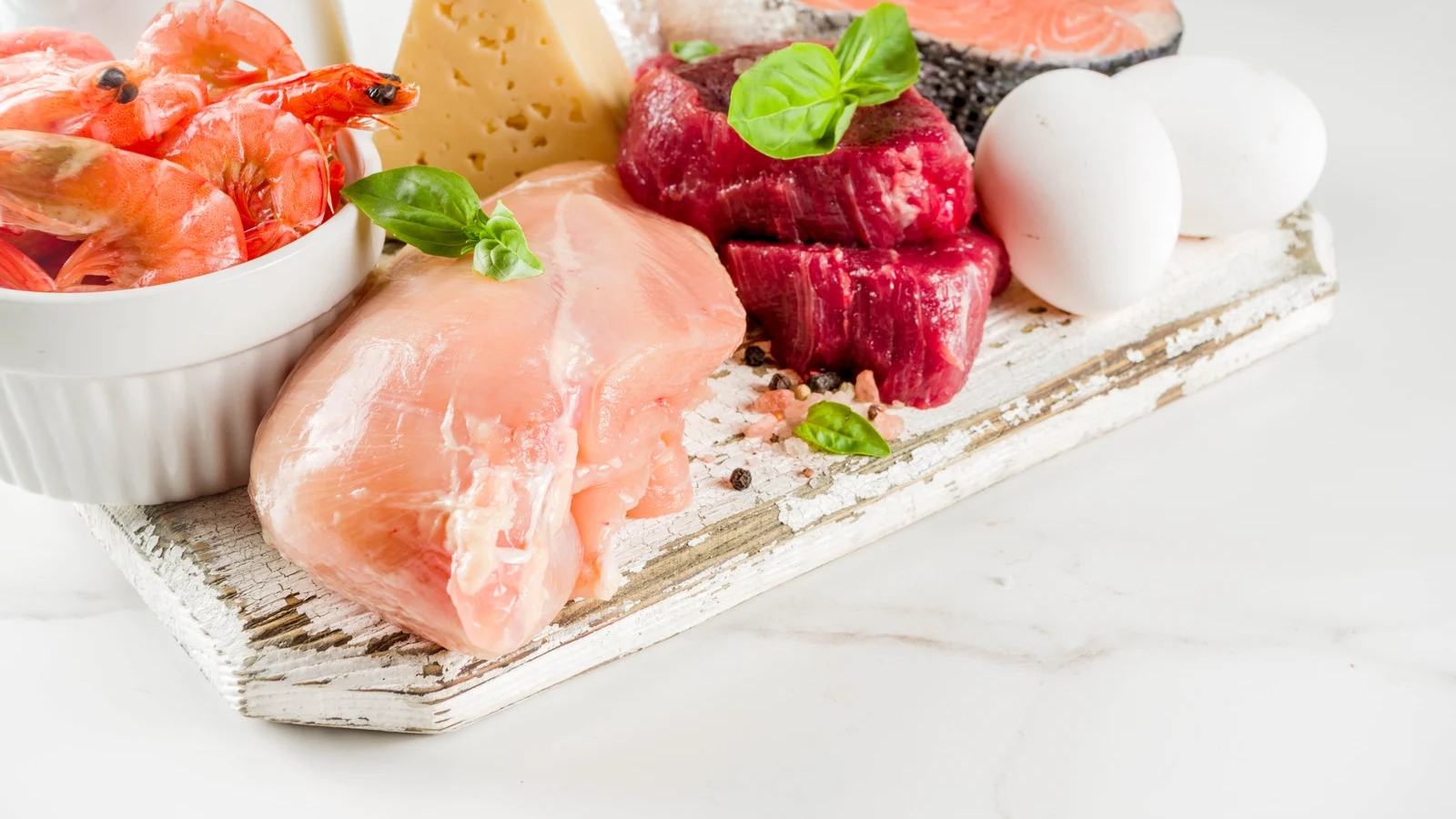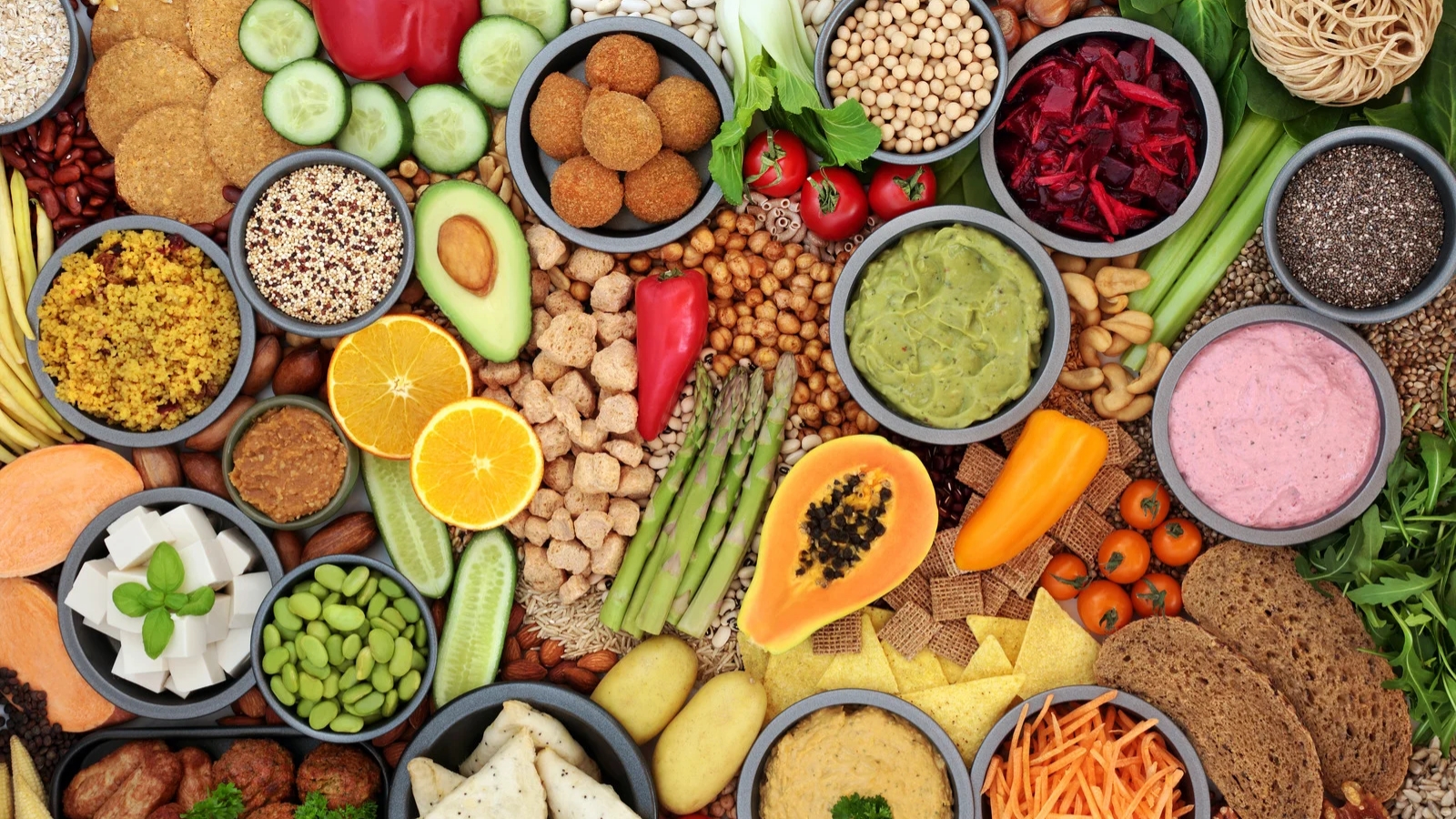Iron is an essential mineral that helps your body make hemoglobin, the protein in red blood cells that carries oxygen throughout your body. Low iron can lead to fatigue, weakness, and difficulty concentrating. This article explains common reasons for low iron and the best foods to help increase it through your diet.
Causes of Low Iron
Low iron levels can develop for different reasons. Understanding the cause is vital before deciding how to address it.
Common causes include:
- Blood loss through menstruation, injury, or surgery
- Pregnancy, which increases the body’s need for iron
- Poor dietary intake of iron-rich foods
- Conditions that affect iron absorption, such as celiac disease or inflammatory bowel disease
Children, teenagers, and individuals following strict plant-based diets may also be at a higher risk of low iron.
Types of Iron in Food
Iron in food comes in two primary forms: heme iron and non-heme iron. Heme iron is found in animal-based foods and is absorbed more efficiently. Non-heme iron is found in plant-based foods and fortified products, but your body absorbs it less easily.
Heme iron sources include meat, poultry, and seafood. Non-heme iron sources include beans, lentils, spinach, and fortified cereals. Eating both types can help you maintain healthy levels.
Animal-Based Foods High in Iron
Including animal-based foods in your diet can help you increase iron more effectively. These foods are rich in heme iron, which your body can use efficiently.
Good choices include:
- Lean red meat such as beef or lamb
- Poultry such as chicken or turkey
- Seafood such as salmon, tuna, oysters, and clams
- Liver, which contains a very high amount of iron
Cooking meat in cast-iron pans may also add small amounts of iron to your meals.
Plant-Based Foods High in Iron
Plant-based foods can still provide a valuable amount of iron, especially when combined with vitamin C-rich foods to improve absorption.
Good sources include:
- Lentils, chickpeas, and kidney beans
- Tofu and tempeh
- Spinach, kale, and other dark leafy greens
- Quinoa and fortified cereals
- Pumpkin seeds and sunflower seeds
Pairing these foods with fruits like oranges, strawberries, or kiwi can help your body absorb more non-heme iron.
Foods That Help Absorb Iron Better
Your body absorbs iron more effectively when certain foods are included in the same meal. Vitamin C is the most well-known nutrient for improving iron absorption.
Examples of vitamin C-rich foods to pair with iron sources:
- Bell peppers with chicken or beans
- Tomatoes in lentil soups
- Citrus fruits with breakfast cereals
- Broccoli with beef stir-fry
Avoid drinking tea or coffee with iron-rich meals, as these beverages can reduce absorption.
Signs You May Have Low Iron
Low iron can develop slowly, and symptoms may be mild at first. Recognizing them early can help you address the problem through diet and other measures.
Possible signs include:
- Constant fatigue or low energy
- Pale skin or brittle nails
- Shortness of breath during light activity
- Dizziness or difficulty focusing
If symptoms persist, you may need a blood test to check your iron levels.
How to Maintain Healthy Iron Levels
Once you restore your iron levels, maintaining them is essential. Regularly including both heme and non-heme iron sources in your diet can help prevent future issues.
Practical tips:
- Eat a variety of iron-rich foods throughout the week
- Pair plant-based iron sources with vitamin C foods
- Avoid skipping meals that include protein
- Monitor your energy levels and overall well-being
Conclusion
Low iron is standard and can affect your daily energy and overall health. By understanding the causes and making informed food choices, you can improve your iron intake naturally.
Including both animal-based and plant-based iron sources, along with foods that boost absorption, helps maintain healthy levels over time. Paying attention to your diet is a simple and effective way to keep your body supplied with the iron it needs.



